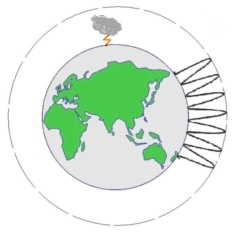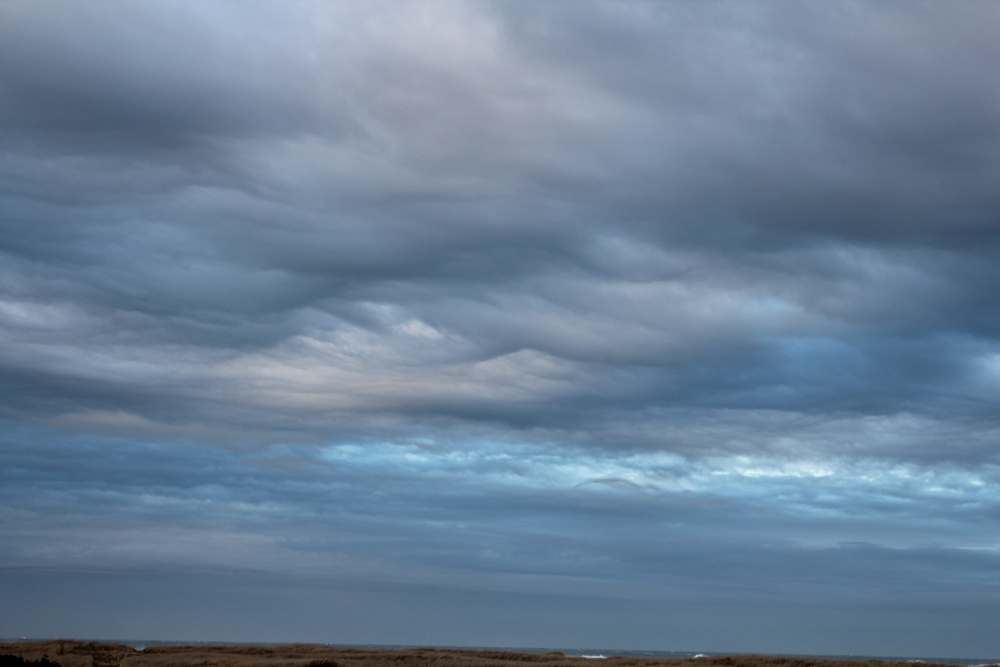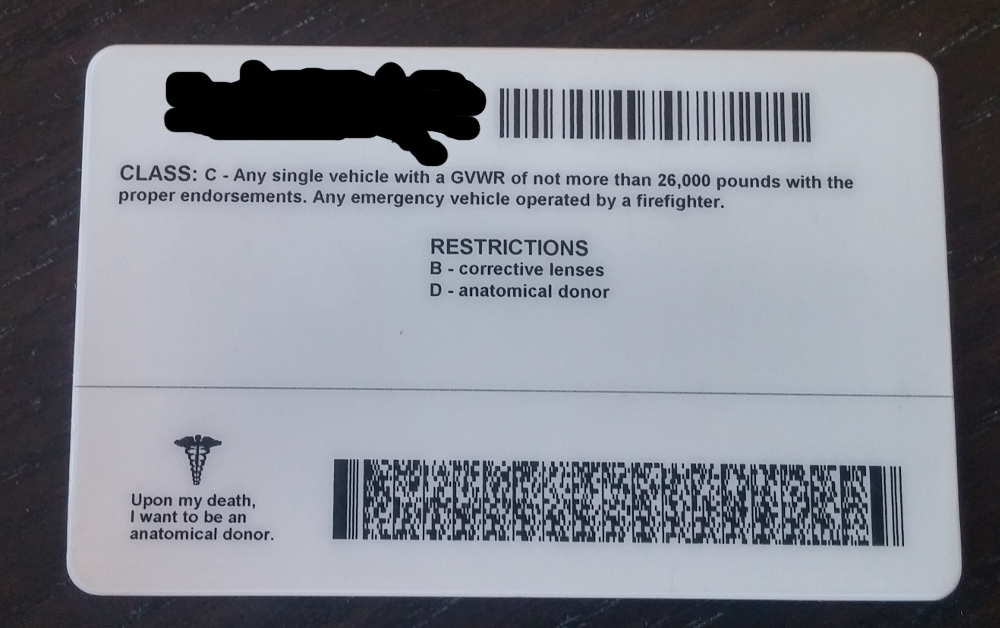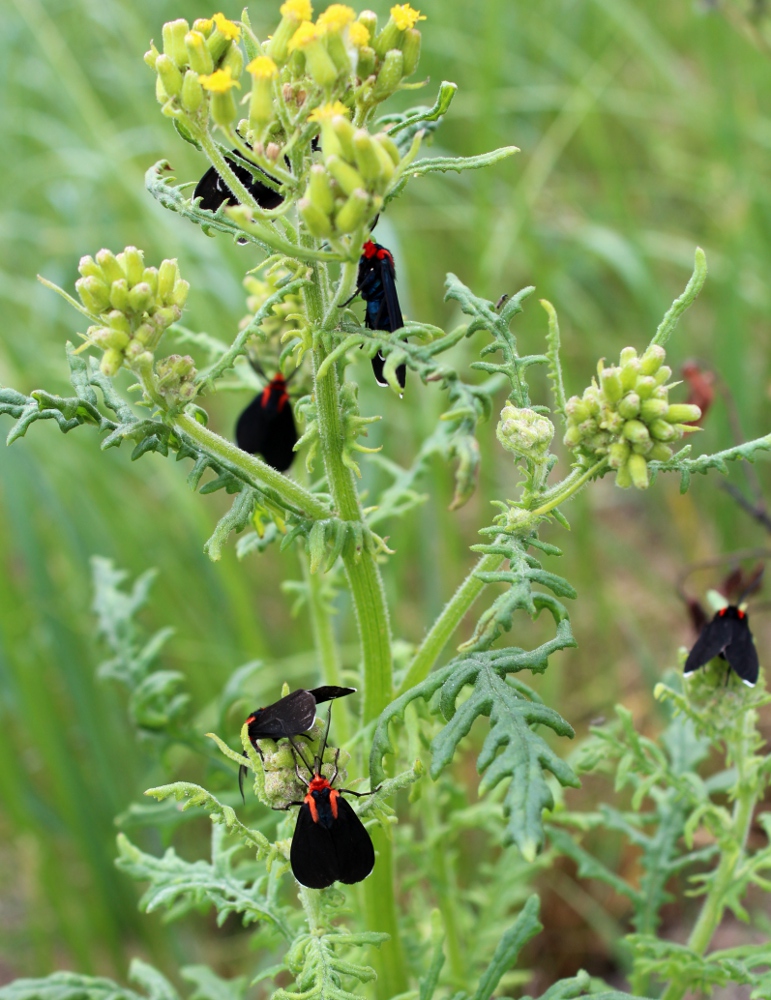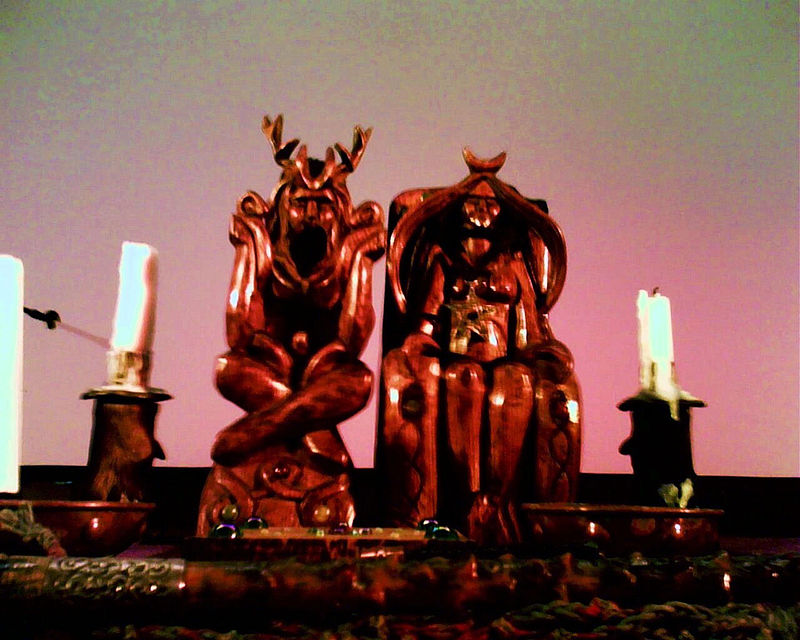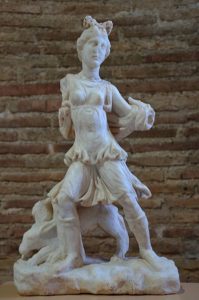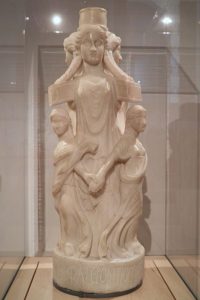Note: This post was originally published at my old Patheos blog. It is unfortunately still there despite my resignation and request that they delete all my content. I had a request from another writer to link to this post, though they didn’t want to use the Patheos link (thank you!) So I am republishing the content here, and will likely do that with a selection of my other Patheos posts. Enjoy!
*******************************
When someone gives something to us, it’s natural for us to want to return the favor. Reciprocity is part of being a complex social creature and part of the underpinnings of successful civilization. It’s no different in our spiritual paths. When the spirits, gods, nature gift us with knowledge, empowerment or even a good meal, we want to be able to say thank you in a formal manner.
This balance more important now than ever. For centuries we have done a lot of taking from nature and relatively little giving back. Of course, some things are hard to replace. We can’t exactly put oil back in the ground or easily remove the pollutants caused by its processing and burning. But it’s only been recently that we’ve made conscious efforts to replace at least some of what we take. In Oregon, for example, it’s been a law since 1972 that any landowner who cuts down trees for timber must plant more to replace them.
Still, the balance is far from equal. We still take far more than we give back, and what we do give is often tainted. Take food offerings, for example. It may seem pretty innocuous to make an extra plate of food after a ritual and leave it out “for the wildlife”. Some of what we eat is very bad for other species, though, and it doesn’t have to be the hyper-processed snack foods we favor. Onions are toxic for dogs and cats, and so any wandering domestic or feral animal would get sick if the dish you prepared contains even cooked onion. (Coyotes might also not fare so well.) Moreover, leaving food out teaches wild mammals to stop fearing humans and to become more aggressive in trying to get food from us. Predictably this leads to more animals having to be killed as nuisances or dangerous.
The source of the offering may also be suspect. Let’s say you want to leave a small quartz crystal next to a plant that you harvested leaves from for medicine. Where did the crystal come from, and how was it mined? What quality of life did the miner have and how much did they make for it? How many thousands of miles was the crystal shipped using fossil fuels? What offering did you make to the land the crystal was torn out of to say “thanks for the shiny rock”? And, finally, how exactly is the plant supposed to use a piece of quartz crystal when what it really needs is water and healthy soil?
We need to rethink the concept of offerings, and what we’re actually giving versus receiving. Are we giving back anything of actual value, or just contributing to more problems at home and abroad?
I’d like to offer some potential alternatives for those of us on a nature-based path. These are offerings that are more conscious of environmental impact and have a real, measurable effect on the land. (In my experience they also make the spirits of the land happier!)
–Take the time to really get to know the land you live on: How much do you know about your bioregion? What’s the geology that forms its foundation, and how does it affect the climate and weather? What animals, plants, fungi and other living beings share space with you there? What did it look like before large numbers of humans arrived? What did it look like 10,000 years ago? 100,000? 100 million?
Knowing these things helps you understand the intricacies of your bioregion and what it needs in order to be healthy. You may think that your area has a diversity of wildlife because you know a few species of bird in the area, but it may lack the necessary habitat to support more elusive animals. What happened to drive these other species away?
You may not be able to do anything about these bigger situations, but just being aware of and sensitive to them can be a great offering in and of itself. It shows you respect the land and the beings you share it with, and it helps push you out of the heavily anthropocentric mindset most humans have been running around with for too long.
–Offer your time: If you have the time and physical ability to do so, spend some time trying to improve the land around you. If there are local environmental or conservation groups working to remove invasive species and replace them with native ones, or monitor water and air quality, or other efforts toward habitat restoration and preservation, see what sorts of volunteer opportunities they have. Check the Citizen Science Alliance website to see if there are any nearby nature research projects you can help with. You can even do some self-directed projects, like keeping a particular park or stretch of stream litter-free.
Even if you don’t have the ability to do that sort of intensive outdoor work, consider contacting your elected officials about environmental issues in your area. The more you educate yourself about these issues, the more effective you can make your letters. You can even extend this communication to local business owners, encouraging them to implement sustainability efforts or transparency about pollutants in manufacturing activities.
Some of you may even have the opportunity to make your career more centered on nature. Degree programs in biology and other natural sciences offer the ability to do field research (though there can be competition for jobs and research opportunities!) Should you happen to be interested in law school, environmental law is a great way to utilize the legal system to hold polluters and other problematic entities accountable.
–Offer your money: You don’t have to tithe 10% of your income to your spiritual path, but even if you have just a few dollars extra, consider donating the funds to an environmental nonprofit that you trust. Local organizations are always looking for ways to pay for their projects, and this may be the best option if you’re trying to help your immediate bioregion. On the other hand, bigger organizations do a lot of valuable work ranging from buying up and protecting fragile ecosystems, to lobbying elected officials and convincing them to vote in favor of the environment.
Some utility companies are beginning to offer clean energy buy-in options to their customers, albeit at a little higher monthly rate. Instead of getting your electricity from coal, for example, you might be able to switch some or all of your electricity to wind or hydroelectric power. While these are not without their own problems, they’re an attempt to try to cut down on the reliance on fossil fuels. And the more people who demand cleaner energy, the more incentive there will be for companies to work out the flaws with wind, hydro, and other energy alternatives.
–Teach others: Social media has become a pretty significant powerhouse for activists of all sorts. You don’t have to be organizing marches against pollution, but you can use your social media network to share links about environmental issues. Don’t worry about making your contributions all news all the time, either. Even just passing on a few links in the middle of your usual roster of cat pictures, gripes about work, or “What I did this weekend” posts can make a big difference.
Looking back at the volunteering option for a moment, you might see if local organizations or national/state parks have opportunities for volunteer interpreters. These help visitors to parks and other wild places to learn more about the flora, fauna and other features of the land, and it’s a great way to inspire others to fall in love with your bioregion!
–Live more lightly on the planet: Look at your everyday life and see if there are ways you can live a greener life. This might involve spending a little more money to buy a couple of extra organic or pasture-raised food items, or toilet paper and paper towels made from recycled paper. Or it may mean switching over to public transit for your commute (which, by the way, makes for great reading time!) When you take a shower, catch the “warm-up” water in a bucket, and then use that to refill the toilet tank next time you flush. Use a 50-50 vinegar-water solution and some Bon Ami for house cleaning instead of harmful chemicals like bleach. Really, it all depends on what your financial and schedule situations are like, what resources are available to you, and what you can afford to change. Even if you just make one change a month, over time that all adds up.
And these offering ideas are just a few potential options. What else might you do to make effective offerings in a nature-based path?
Did you enjoy this post? Consider buying a copy of my book, Nature Spirituality From the Ground Up, which has more ideas and practices for getting closer to nature through your spiritual path!






